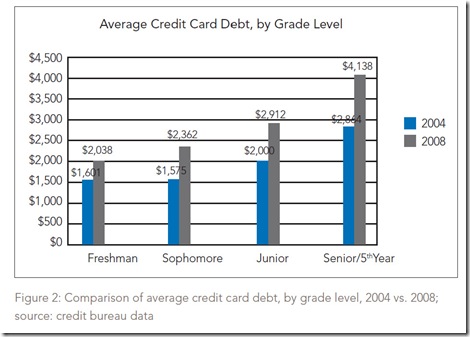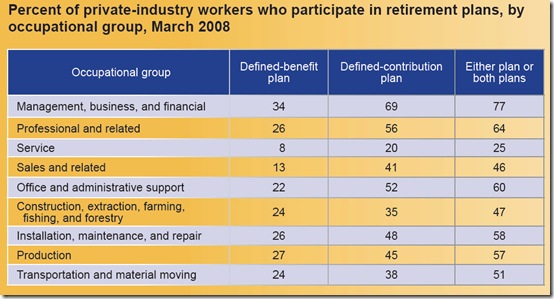From IRS News Release
Audio: American Recovery and Reinvestment Act Vehicle Tax Deduction
Taxpayers who buy a new car or several other types of motor vehicles this year may be entitled to a special tax deduction when they file their 2009 federal tax returns next year. The tax break is part of the American Recovery and Reinvestment Act of 2009.
Here are seven things you should know about this new deduction:
1. State and local sales taxes paid on up to $49,500 of the purchase price of qualifying vehicles are deductible.
2. Qualified motor vehicles generally include new (not used) cars, light trucks, motor homes and motorcycles.
3. Purchases must occur after Feb. 16, 2009, and before Jan. 1, 2010.
4. This deduction can be taken regardless of whether or not you itemize other deductions on your tax return.
5. Taxpayers will claim this deduction when filing their 2009 federal income tax return next year.
6. The amount of the deduction is phased out for taxpayers whose modified adjusted gross income is between $125,000 and $135,000 for individual filers and between $250,000 and $260,000 for joint filers.
7. The deduction may not be taken on 2008 tax returns.
Consumers who are considering buying a new car may find that this tax incentive means there may have never been a better time to buy.
For more information about the sales and excise tax deduction for motor vehicle purchases visit the official IRS web site at IRS.gov.







